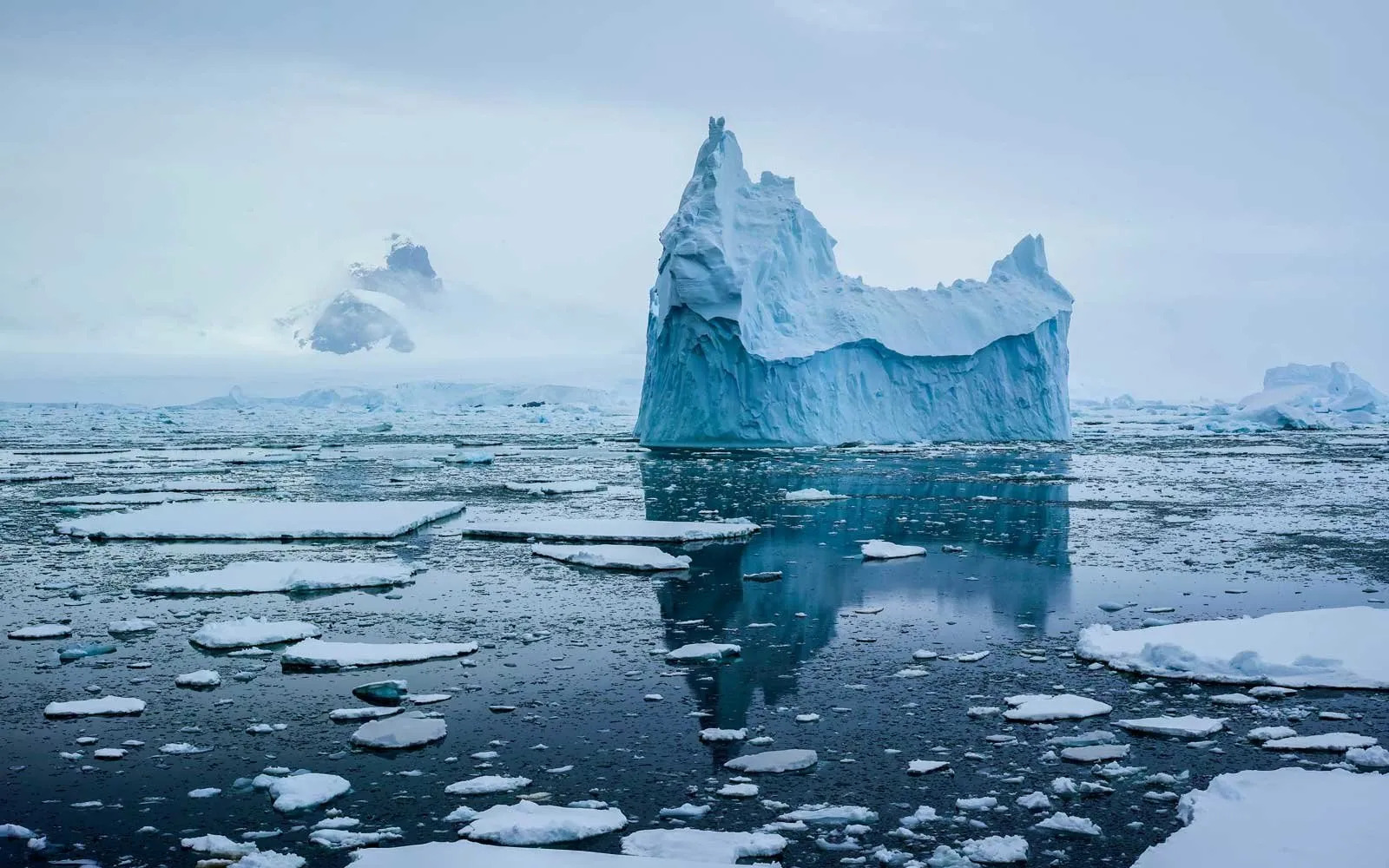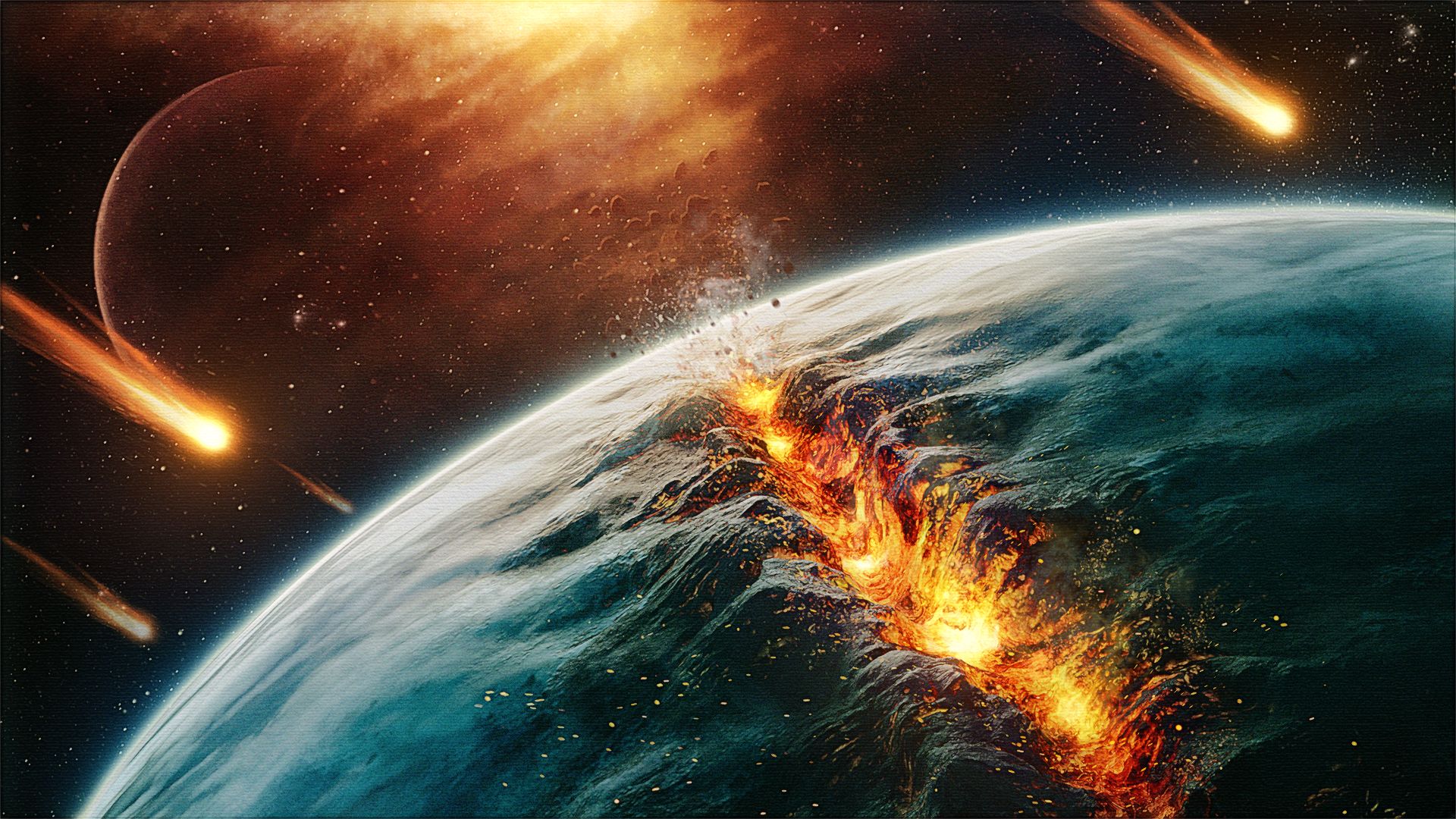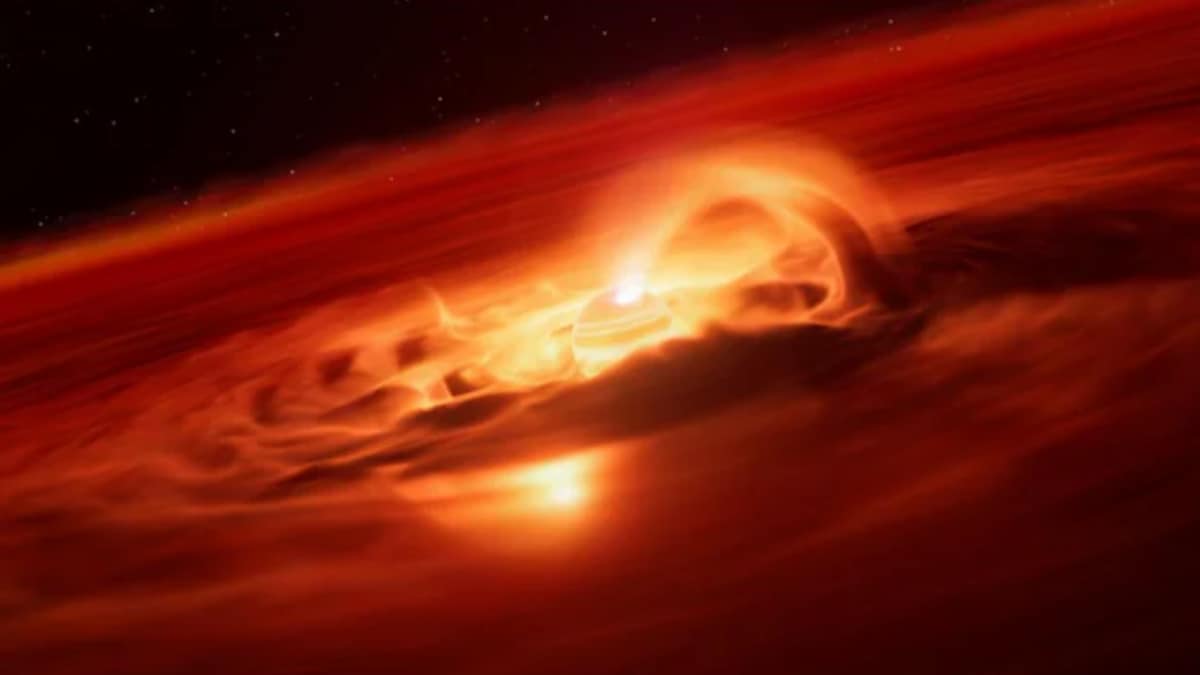Shocking Antarctic Sea Ice Decline: Is Our Planet in Danger?

The news is alarming: Antarctic sea ice has hit its third-lowest winter maximum on record, and it’s raising urgent questions about the future of our planet. According to the U.S. National Snow and Ice Data Center (NSIDC), this winter's peak reached only 17.81 million square kilometers (6.88 million square miles), which is a staggering 900,000 square kilometers below the average from 1981 to 2010. It’s not just a number—it’s a glaring warning sign.
In the context of climate change, the decline in Antarctic sea ice carries significant implications for the stability of the Antarctic Ice Sheet. This isn't just about icebergs; it's about rising sea levels that threaten coastal communities worldwide. When sea ice diminishes, it accelerates the melting of glaciers, which can lead to catastrophic flooding in the future.
Typically, during the Southern Hemisphere's winter, Antarctic sea ice extends up to 2,000 kilometers (1,200 miles) from the continent, achieving an average maximum of 18.71 million square kilometers (7.22 million square miles)—a size that dwarfs Canada. However, this year’s data shows a concerning trend that we cannot ignore.
Interestingly, while the Arctic has been consistently losing ice due to warming—often referred to as polar amplification—Antarctica's situation is more erratic. The region has experienced fluctuations in ice coverage, complicating the understanding of long-term trends. The Arctic’s decline has been steady, with surrounding landmasses influencing the sea ice's fate, whereas Antarctica's dynamics involve the open Southern Ocean, which presents a different set of challenges.
Why does this matter? Antarctic sea ice plays a critical role in cooling the Earth by reflecting solar radiation. It also provides support to the Antarctic Ice Sheet. The loss of this stabilizing component could lead to larger glaciers flowing into the ocean, drastically increasing sea levels. In 2023, we saw a record low with a drop of 1.75 million square kilometers (676,000 square miles) below the long-term average. Even this year, while the ice extent is slightly higher, it remains a troubling continuation of this downward trend.
Regions like the Indian Ocean sector and the Bellingshausen Sea are facing particularly low ice coverage. The situation is precarious, and the world needs to pay attention. The future of our planet may depend on understanding and addressing these changes. In this AI generated newscast about Antarctic sea ice, the data speaks for itself, and it’s a call to action for all of us.

























